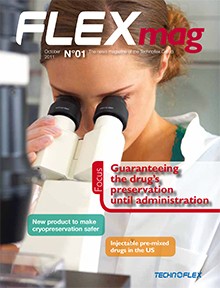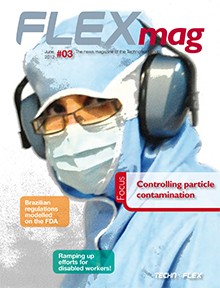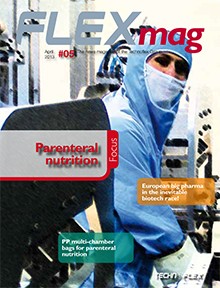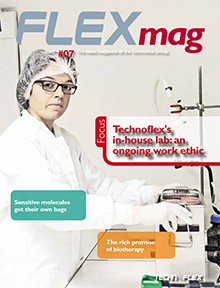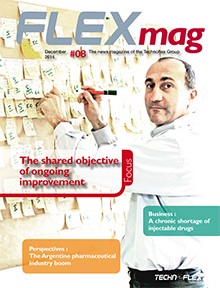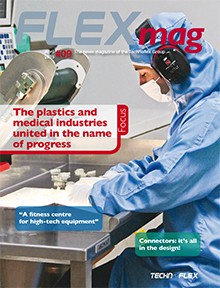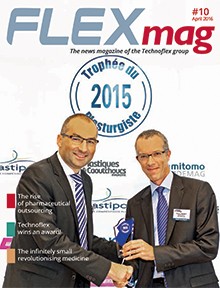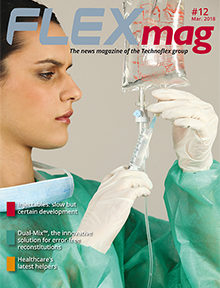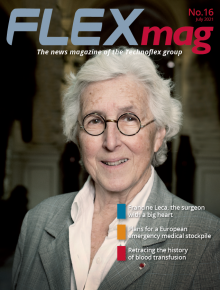Transplantation organ preservation: a major challenge
The removal of an organ interrupts the vascularization (all the blood vessels irrigating an organism, organs, etc.) which causes cell death. To prevent this, the transplantation organ is perfused with a chilled solution because hypothermia slows down cell metabolism. This perfusion cools the organ, removes the donor’s blood and provides the necessary components which maintain “basic” cell metabolism.
The organ is preserved in two ways:
- Using a perfusion machine (common in the USA but very rarely used in Europe)
- Static preservation: the principle is to place the transplantation organ in a sterile container after hypothermal perfusion, and to add the preservation solution until it completely covers the organ.
The shortage of organs for transplantation means that teams have to remove organs at locations which are increasingly distant from the recipients, which explains the increase in the cold ischemia time (when blood circulation stops). This has resulted in the development of more and more efficient packaging for transplantation organ preservation solutions.



